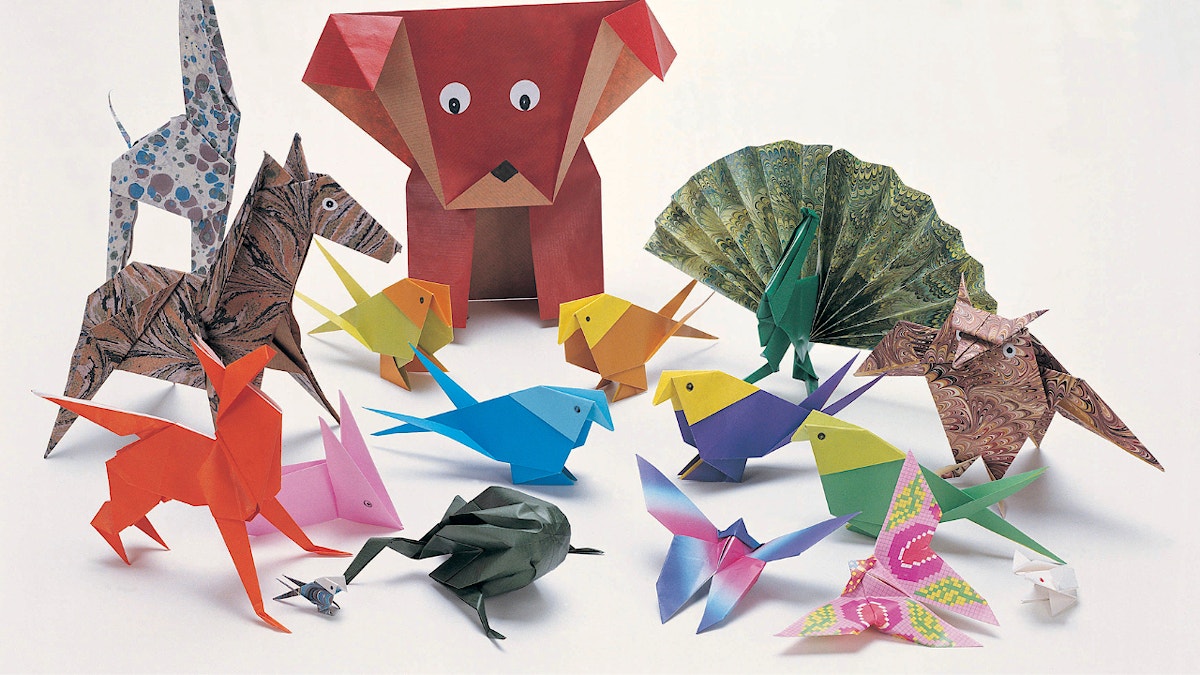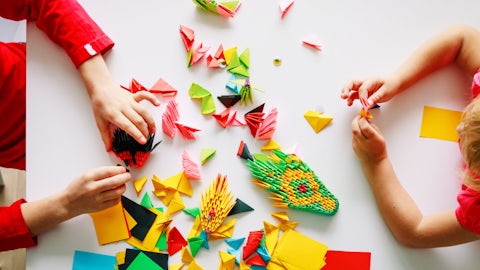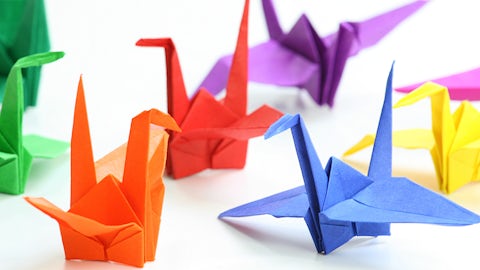
Origami, a traditional Japanese art, involves intricately folding paper into various shapes and forms. Many Japanese cherish their childhood memories of creating paper animals and planes having shared this joy with their loved ones.

Modern origami follows stricter rules, employing only a square sheet of paper without cuts or glue. The choice of paper significantly impacts the outcome. With just paper and imagination, anyone can craft origami. This age-old practice has evolved from basic shapes to awe-inspiring artistic expressions.
Discover origami's history, tracing its origins and transformation into a profound art form.
History of Origami
Originating in China, paper arrived in Japan via Buddhist monks during the Heian Period. Early origami served religious and ceremonial purposes due to the high price of paper. Noble Heian individuals utilised chiyogami, paper adorned with stencilled floral motifs, for folding exercises and gift-wrapping. As paper became more common, origami transitioned into popular entertainment for merchants and commoners, and even inspired creations like kabuki and ukiyo-e. During the Meiji period, Japan's modernisation expanded origami's role beyond ceremonies.
In the early 20th century, international artists introduced innovative origami techniques. Akira Yoshizawa's revolutionary "wet-folding" transformed origami's appearance from geometric to sculpted. He also co-developed the Yoshizawa-Randlett diagramming system, enhancing origami's instructions.
A Symbol of Peace: The Thousand Paper Cranes
A Japanese legend claims that creating a thousand origami cranes grants a wish, symbolising longevity. Following World War II and the 1945 Hiroshima bombing, 12-year-old Sadako Sasaki, diagnosed with leukaemia, embarked on folding a thousand cranes for health. Though she folded over 600, Sadako passed away. In her honour, friends and family completed her mission, dedicating it to world peace. Today, a crane-shaped monument in Hiroshima Peace Park commemorates Sadako's legacy as a symbol of peace born from a simple sheet of origami paper.















